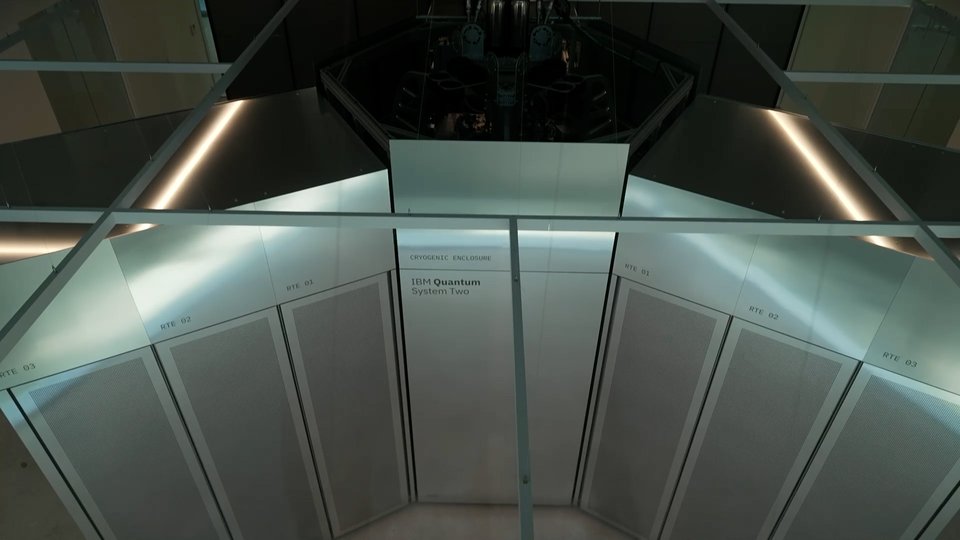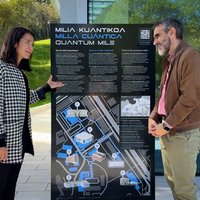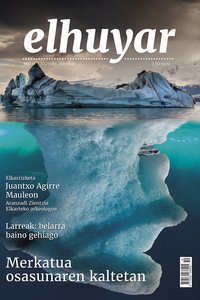Graphic art and Mac computers

In the world of graphic art there are many processes and, as we have said, computers predominate in it. The processes that were previously carried out manually, such as obtaining texts and images, unification, etc., are now carried out by computer. The work of computers consists of defining images and texts, printing them, testing and finally taking out the photolith. The photolito is a transparent sheet with texts and images. Therefore, until recently the work to be done in the dark rooms is done live.
Aluminium, excellent support
Once the photolito is in your hands, this ‘photo’ passes to an aluminum plate, which is placed in print and takes out several copies. For these plates the aluminum is chosen, which is then collected in the cylinder of the printing press for long runs. This means that the material, in addition to resistant, must be flexible to fold and adjust it well to the cylinder. Aluminum has these properties, but it is not the only one, there are paper and plastic plates. However, these cannot be used for long runs, while aluminum can be used to produce more than 50,000 units.
These aluminum plates contain a film or sensitive layer, that is, a color-sensitive emulsion. In this way, the images and texts present in the photolito go from positive to positive to iron aluminum. There is nothing negative between them: the photolite is positive and the aluminum plate. And how do the images and texts of the photolite pass on to the aluminium plate?

The process of passing the image and the text to the aluminum is simple: on the plate the photolito is placed and illuminated. The sensitive emulsion allows the contents of the photolite to pass to the aluminum plate. Finally, the plate is placed in the printing cylinder and first wet with water and then with ink. When wet with water, the white areas of the aluminum plate, that is, without text or images, absorb water, while the areas with some image or text do not absorb it. When wet with ink, oily inks are used, so areas that have absorbed the water will not absorb the ink or those that were printed. The ink only sticks in the areas where there is text and image and that is what you want to take out on paper.
The secret of colorsTo get all the colors you need four plates, yes, four. In fact, first pass the blue plate (cyan), then yellow, then red (magenta) and finally black. And why is black needed? Because the colors used are not pure, since the sum of all does not give black. Therefore, for dark brown to be black a fourth color is needed. Until now, in order to achieve the union of all the colors in the machines it was necessary to pass the plates one by one in the printing press, but today there are companies that also have machines that pass the four at a time. |
Buletina
Bidali zure helbide elektronikoa eta jaso asteroko buletina zure sarrera-ontzian










